It’s huge, frightened, and powerful – yep, we’re talking about the Cloverfield monsters, and you should pay attention to what we’re going to say next. This is a reference to Julius Onah’s The Cloverfield Paradox, the third episode in the Cloverfield trilogy, which attempted to explain the origins of the monsters to the audience.
Those who saw the 2018 sci-fi horror film will recall that about 15 minutes into the film, the crew onboard the Cloverfield Space Station watches a news interview in which conspiracy theorist Mark Stambler urges people to read his latest book, The Cloverfield Paradox, which details the dangers of the Shepard particle accelerator. If you’re having trouble remembering what he said, we’re here to assist.
“That accelerator is 1000 times more powerful than any ever built. Every time they test it, they risk ripping open the membrane of space-time, smashing together multiple dimensions, shattering reality.
And not just on that station, everywhere. This experiment could unleash chaos the likes of which we have never seen, Monsters, demons, beasts from the sea … And not just here and now. In the past, in the future, in other dimensions.”Please Include The Clip From The Movie Here.
Winding the clock back to the year 2008, Matt Reeves presented us with a found footage monster flick popularly known as Cloverfield. He also introduced us to a monster, one that was initially addressed as The Cloverfield Monster and in due course given the name, Clover.
Created by artist Neville Page and J. J. Abrams, the creature has been devoid of a specific species description. Having said that, there is this official government designation that sort of covers the monster to a certain degree. It is said to come under the category of an LSA – Large Scale Aggressor to be more precise.
Well, in today’s video, we will be talking about the origin of the Cloverfield monsters, exploring everything that you need to know about them in detail. You have got to be prepared for this.
Unidentified Daikaiju-Sized Creatures – Clover Explored
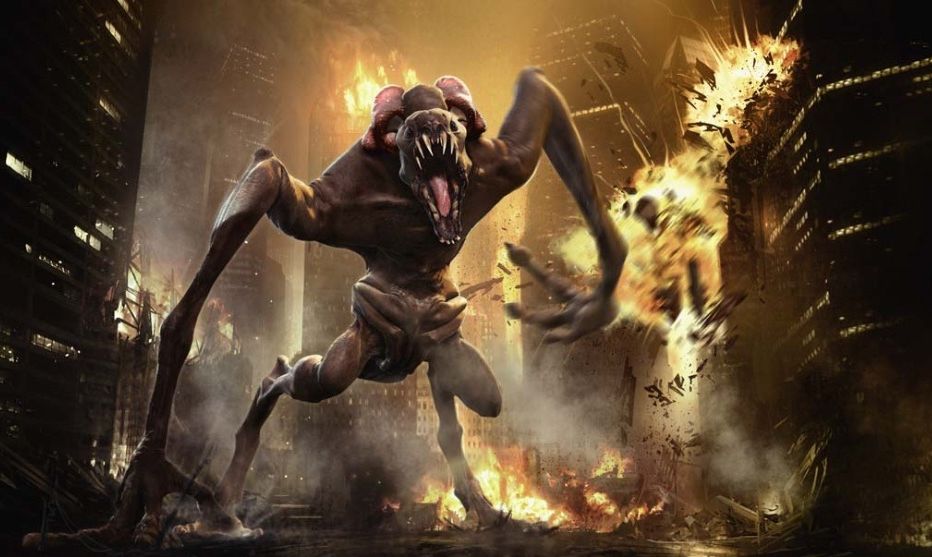
Deduced a creature that either has an underwater or interdimensional origin, Clover is an infant specimen of its species and in all likelihood, separated from its family. Well, the origin of the creature is only disclosed in the movie’s viral marketing campaign because J. J. Abrams strategically wanted his movie to be realistic and not just another monster flick. The part of the plan was to make the audience feel confused when the creature attacks so that they don’t even have the slightest hint of where it came from.
What we have here is a quadruped monster that is about 240 to 300 feet high with a very long tri-fork finned tail. The topmost double-jointed limb pair is a bit elongated than the other two and ends in a multi-fingered hand, one that is capable of arching backward so that the monster can walk on its fingers. We know how it sounds but you will know it if you see the movie.
The double-jointed squat legs are strong enough to back the entire structure of the creature and also make it capable of moving pretty fast. It would not be wrong to say that each of its legs is about the size of a city transit bus. No, we are not kidding, they are at least 30 to 40 feet.
Putting further stress on the beast here, it has a face that looks more like a piranha or an angler fish for that matter. The head boasts sharp, boney features with two eyes. On either side of the head just behind the eyes are two sets of membranous sacks which expand and retreat back into the head.
Next, between the creature’s legs are two external esophagi that are primarily used to eat smaller creatures like humans or other animals. If you have seen the first movie, remember the scene before Hud’s character gets killed? It is thanks to him that the audience also got a clear picture of the monster, especially its esophogi that ended with teeth-like projections.
The monster is gray in color with skin that shows very strong resistance to heavy weapons, heat, and also pressure. So, you have shells from M1A2 tanks, M109A6 Paladins, AT-4 rockets, FGM-148 Javelin missile launchers, AGM-65 Mavericks as well as MK-82 bombs, and yet none of these high-powered artilleries had any effects on the beast. The only thing that these managed to do was to scare the creature and make things worse.
Parasite That Resides On The Monster Skin
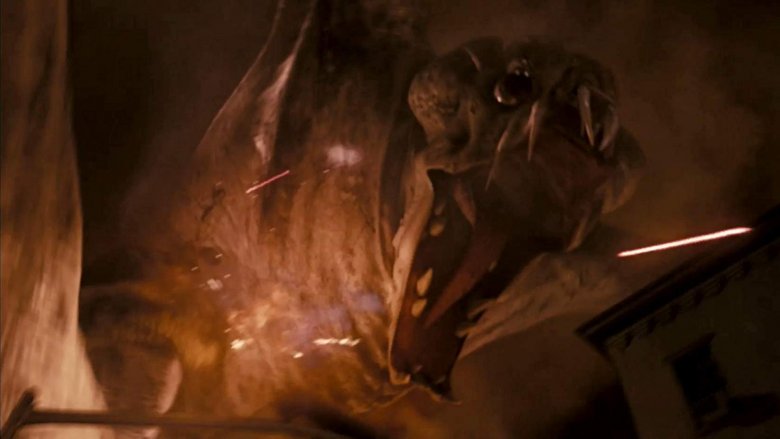
Okay so besides Clover, there are also these ‘Human Scale Parasites’ codenamed by the United States Department of Defense that the monster happens to be a host to. We are talking about the secondary monsters more like crab-like creatures to be honest dropping themselves on the ground from their symbiotic main host. You will be surprised to know that Clover was apparently covered with more than 2000 parasites that are more or less as big as a dog.
Apparently, these parasites have 10 legs that comprise six spider-like double-jointed limbs and four pincers on the top and back. A closer look at these creatures and you will find them having several black eyes, exceedingly large jaws, and the same pale gray skin texture. They are always seen in packs and are mostly in favor of closed spaces to ambush their prey. From being able to climb up walls, or even cling onto ceilings for that matter, these creatures often move like spiders and are capable of jumping to great distances.
All it takes is a single bite from them and you are dead, end of the story! It is reported that these parasites have concentrated levels of Katei no Mitsu in their blood. Wondering what that is? It is the main ingredient used for making Tagruato’s Slusho! beverage. So, the life span of the Human Scale Parasites’ victims varies roughly between 20 to a maximum of 40 minutes.
The victims start displaying symptoms such as bleeding from their eyes and nose, giddiness, and also puking blood. Those who have seen the first movie will agree with us post what happened to Lizzy Caplan’s character after she gets bitten by one of them. Addressing those who are yet to watch the movie, Caplan’s character Marlena initially starts to bleed from her eyes, and then her whole body just explodes. Mind you, there’s no warning given to us when that happens!
Clover Was Just A Scared Infant Separated From Their Mother/Father On Different Dimensions
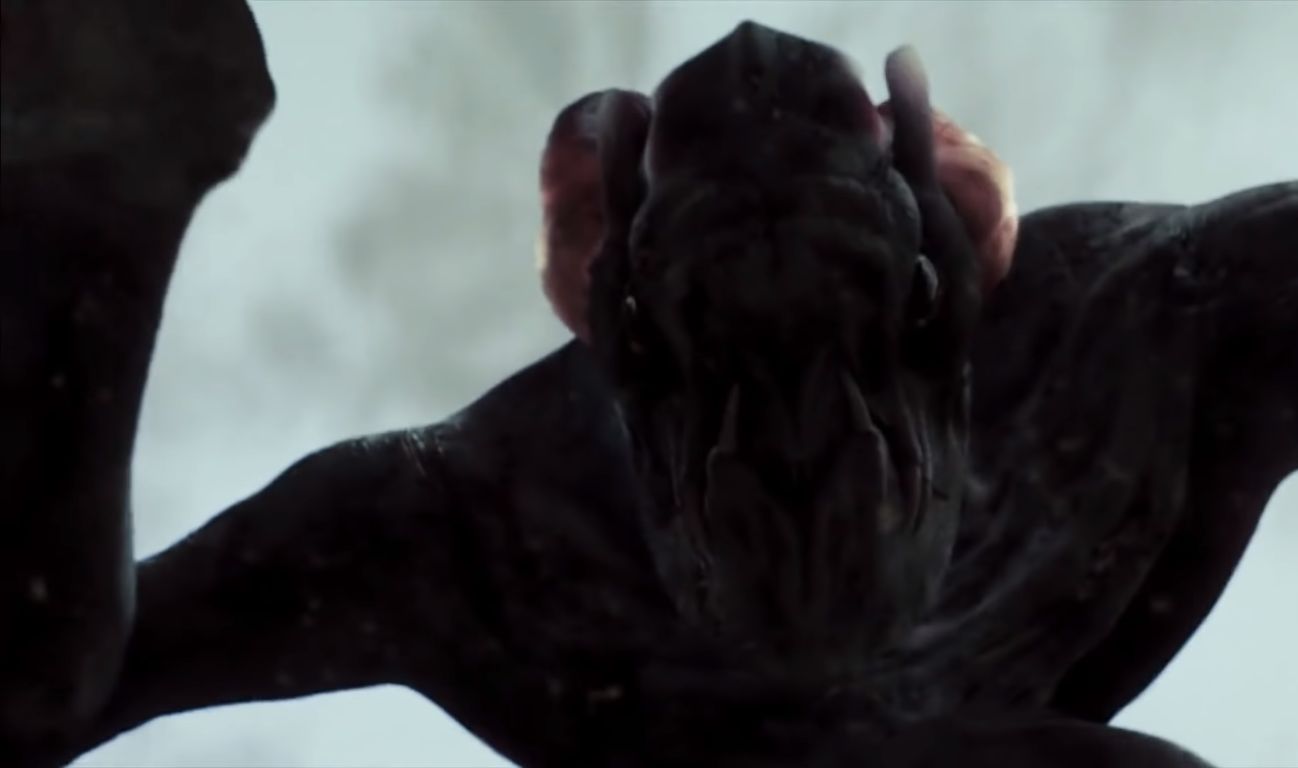
A scared child lost on a scary planet–that’s what this rampaging creature happens to be in reality. Despite specifics about its origin, biology or even the backstory for that matter hardly ever brought up in the movies, the monster was conceived by its creators as a terrified child, one searching for its mother.
Well, we at Marvelous Videos will be substantiating our point further with an interesting story here. Back during the promotion for the 2006 American action spy film, Mission Impossible III, J. J. Abrams was on this shopping trip with his young son in Tokyo. Abrams was so fascinated by the Japanese Kaiju toys there that he made up his mind right then and there that even America was in need of its very own humongous terrifying-looking monster.
And, not just any monster but something that would be, in every way, different from Godzilla as well as King Kong. In fact, he wanted his new monster to be a true definition of what nightmares are made up of; right from being unaffected by artillery shells, missiles, rockets, grenades to being infested with thousands of parasites, he wanted it to look destructive from every angle. Well, we all know how that turned out to be!
For the designing part, producer Abrams along with director Matt Reeves reached out to conceptual artist Neville Page who, goes without saying, did a fantabulous job. Having taken inspiration from the animal kingdom, Paige gave Clover the face and teeth of a fish, not just any but somewhere between a piranha and an anglerfish. He further gave the monster the grayish fissured skin of an elephant, horse-like eyes, and also made him amphibious.
Next, for the monster’s mindset and behavior, the trio of Paige, Abrams, and Reeves was on the same page. They just did not want this movie to be another monster on the loose flick, one that goes about rampaging and killing. They wanted to form a biological foundation for the creature, more like something that would produce some sense of sympathy.
Therefore, Paige ended up designing Clover as a terrified, confused, lost child desperately looking for its mother. The same psychological approach was blended into its physical design. He made the creature quadrupedal, making it stand at times just like a young one would while learning to walk.
Are There More Than One Cloverfield Monster – Theory
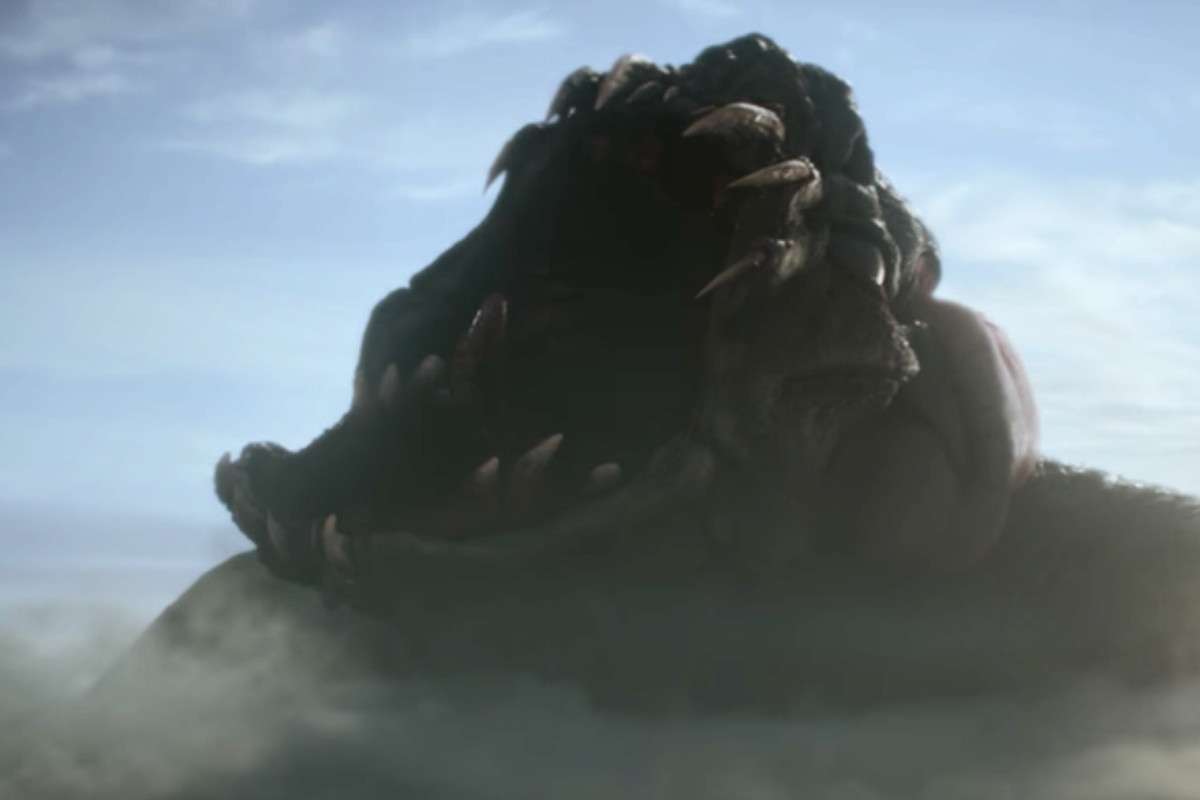
Well according to Abrams and as per his confirmation, the colossal monster that bursts through the clouds and lets out a loud roar at the end of the third movie happens to be the same parasite-riddled, Statue of Liberty decapitating monster from the first flick. Of course, this raises quite a few questions, especially regarding the true origins of the creature.
As per the events of the third film, when the crew onboard the Cloverfield Station is finally able to activate the Shepard Particle Accelerator, a massive power surge takes place within the station eventually causing a tear across time and space as well as unleashing a monster from another dimension.
But if this creature happens to be the same creature from the first film, it would hint at the solitary fact that the events of the first flick had already occurred at a particular time frame way before the space station was even conceived.
But having said all of that, there are many who are of the opinion that there is more than one Cloverfield monster featured. So basically, there are fans of the film franchise who think that the monster featured in the first movie and the one that is seen in the ending scene of the third movie are two different creatures.
While some think that the shape of the eye is different, making them two different creatures in two different movies, there are some who believe that the first movie itself had on display more than one monster. Also, the Japanese comic had many Clover eggs lying at the bottom of the sea so why not, right?
Where Did They Come From?
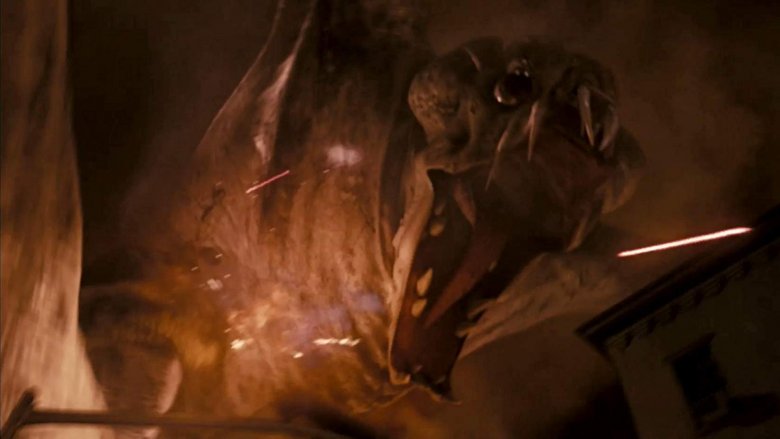
An inclination towards the Cloverfield ARG campaign points us towards the depths of the ocean, precisely where the monster was in its hibernation mode. If you have seen the first movie, you will remember how it ends. There is this indiscernible object falling from the sky right into the ocean.
Later, there were reports that directed that it was basically a satellite called Chimpanzlll, owned by the Tagruato Corporation that the viewers saw minutes before the first film in the franchise ended.
Agreed that the original story also featured factors such as deep-sea drilling and sending numerous submarines to the ocean bed in order to study the beast which bothered the creature enough to be awoken from its deep slumber.
Putting stress on the timeline of the third movie, The Cloverfield Paradox, the monster was released as part of a ripple effect across time and space – all thanks to the crew onboard the space station activating the Shepard Particle Accelerator and as a result, creating a colossal power surge.
Many believe that the particle accelerator is what caused everything to happen across different dimensions in the first place. They think that is the sole reason why the monsters made their appearances respectively in the first, second, and third movies.
True, the satellite may have disturbed the deep-sea creature that was apparently lying dormant at the bottom of the sea but the events of the Paradox are why the creature was there at the bottom of the sea in the first place. Truly, something to think about, right?
